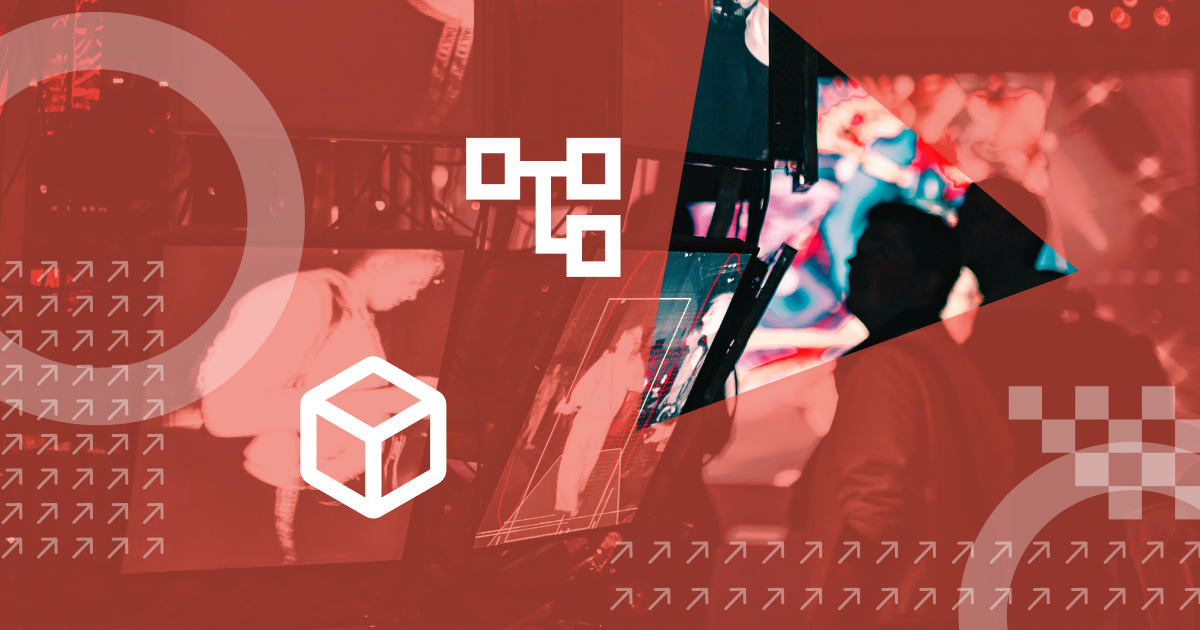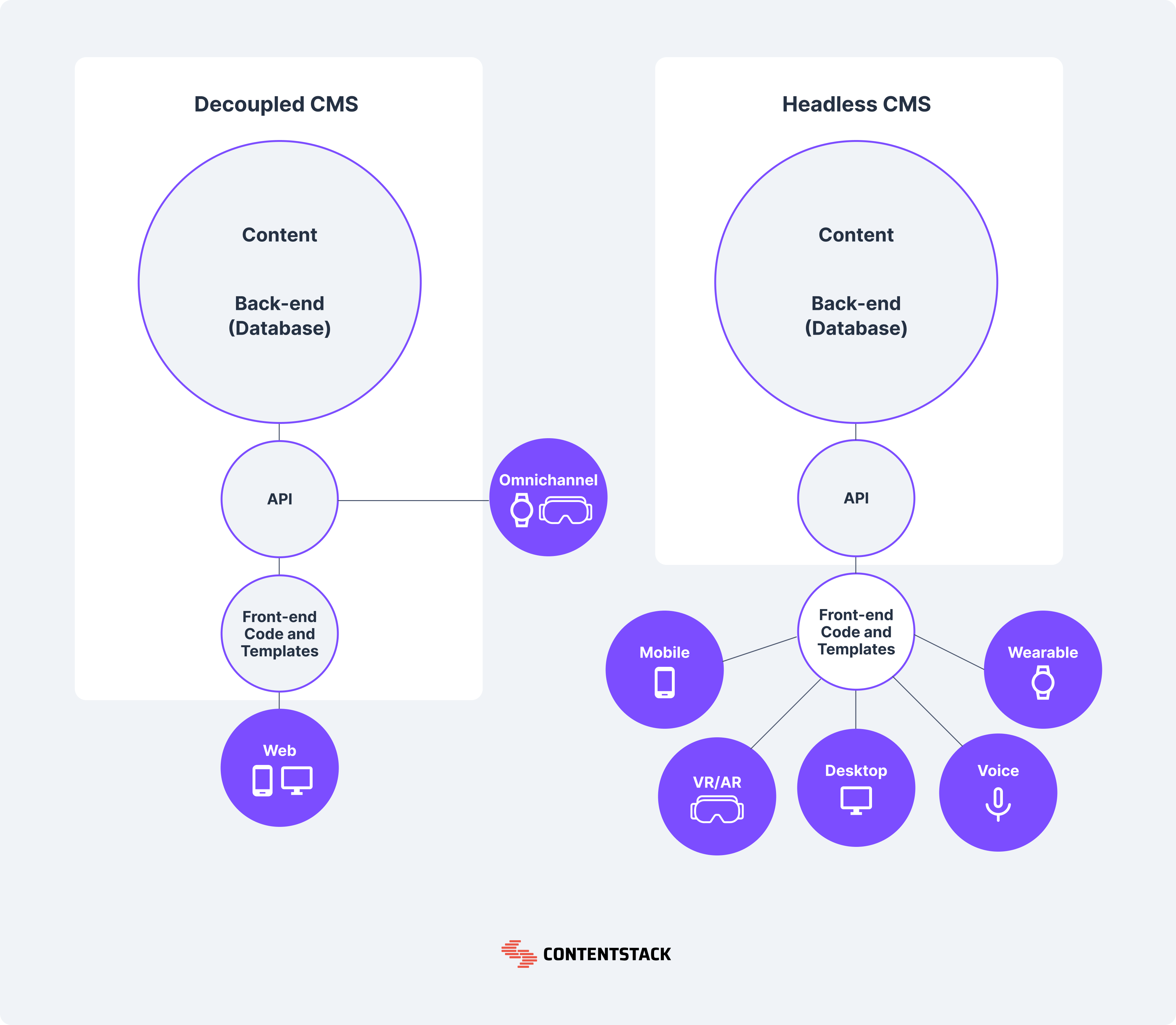Top strategies for managing headless CMS security in 2024

Discover essential strategies to manage headless CMS security effectively in 2024. Learn best practices, advanced tactics and measures to protect your data and maintain your organization's reputation.
Highlights
You’ll learn how to manage headless CMS security:
- Data encryption: Use SSL certificates and standards like TLS and AES
- Authentication and permissions: Use measures like role-based access controls
- API security: Secure your APIs with OAuth and tokens and audit API access logs
- Regular updates: Update the system to ensure up-to-date security certificates
- Advanced measures: Restrict IP access through whitelisting and geo-based controls
Follow the outlined strategies to secure your CMS. Are you looking for a watertight, secure CMS? Talk to us today.
Keep reading to learn more!
The cost of global cybercrime may reach $10.5 trillion yearly by 2025, according to Cybersecurity Ventures. Business leaders must prioritize CMS security.
It is not just cyberattacks. It is all the other things that come with them, such as breaches of trust, financial losses, and potential lawsuits. Yet, managing headless CMS security is not a walk in the park. It requires serious commitment, and we go into them in detail.
What is headless CMS security?
Think of headless CMS security like a gold reserve. If an intruder comes through the entrance, you could lose everything. This happens more with traditional CMS, where the front end and back end are tightly coupled.
With headless CMS security, you have a highly secured vault concealed behind a castle. The front door of your castle (website) only displays information from the vault through a secret passage (API). Even if an intruder gains entry through the front door, they cannot access your assets unless they also decode the security measures of the passage.

Headless CMS vs. traditional CMS security
Unlike a traditional CMS, a headless CMS is flexible and highly scalable. It integrates with multiple digital devices, including mobile apps, IoT devices, and AR/VR—It also supports voice content management. But how do they compare in terms of security?
|
Feature |
Headless CMS |
Traditional CMS |
|
Design |
Isolates content, separate from the front end |
Content is tied to the website as one system. |
|
Data exposure |
Minimal data exposure with secured APIs |
Higher risk of higher data exposure due to direct access to CMS |
|
Systems security |
More focused on API security |
More focus on website security |
|
Attack surface |
Smaller because content delivery is via APIs |
Larger because content and delivery are exposed |
|
User permissions |
Granular control over access levels |
May have limited user role options |
Importance of security in headless CMS
Securing your headless CMS is not just about ticking important tech boxes—it is a strategic move that safeguards your data and reputation.
A headless CMS separates the content management back end from the front end, enabling seamless content delivery across multiple platforms. However, that design comes with some challenges. Securing a headless CMS helps prevent data breaches, revenue losses, potential lawsuits, and system downtime.
Overcome traditional CMS issues with Contentstack: Are you tired of slow development times and rising costs due to legacy monolithic suites? Contentstack offers a modern, component-based solution designed for the needs of today's enterprises. Discover agility and improved ROI. Request a demo to learn more.
Common security vulnerabilities
Here are common security issues that may affect headless CMS security:
- Data leakage: A malicious attack like SQL injections could expose your data to the public, and sensitive data in the hands of bad-faith actors could spell trouble for your organization.
- API exploits: An API exploit is a way to steal data from a system due to unsecured APIs. Attackers exploit that weakness through malicious code injection or intercepting the data in traffic.
- Weak authentication: Lack of or poor authentication protocols leave the door open for intruders to sneak in and wreak havoc.
- Third-party integration: Third-party solutions may lack adequate security, opening the door for malicious attacks.
- Lack of access controls: Nobody can access and modify data in the CMS without role-based access controls.
- Outdated software: Outdated software and patches also pose a security risk and must not be ignored.
Organizations must be aware of security breaches as the consequences may be dire.
For instance, Meta suffered the same in the 2021 data breach when attackers gained access to the personal data of over 533 million users. Then came litigation and an eventual fine of $276 million. Such incidents highlight the need to manage headless CMS security. So, what can you do?
Best practices for managing headless CMS security
Here are the best practices to secure your headless CMS and maintain your organization’s reputation.
Data encryption
This is a staple in data security. Use SSL certificates and industry standards like TLS and AES to secure data in transit and at rest.
Authentication and permissions
These are simple but effective measures to ensure only validated users can access or modify specific data. Basic strategies are:
- Strong passwords
- Multi-factor authentication
- Role-based access controls
API security
Securing APIs is crucial as they are central to headless CMS operations. You can use OAuth or tokens or audit API access logs to detect suspicious activities and act if you find any.
Regular security updates
Update the system to keep up with the latest security threats. You may also consider automating this process to avoid neglect.
Advanced headless CMS security measures
Beyond the basic security practices discussed, there are some advanced security measures to consider, such as:
Web application firewall (WAF)
Web application firewalls (WAFs) offer real-time protection by filtering HTTP traffic between a web app and the internet, protecting the headless CMS from attacks.
DDoS protection
Distributed denial of service (DDoS) is a common attack method that disrupts services. So, preventing it helps you operate without disruptions. Here are strategies to protect against DDoS attacks.
- Rate limiting and traffic shaping
- Bot mitigation solutions to block malicious traffic
- CDNs to manage traffic surges
- Load balancing to distribute traffic and enhance system resilience
IP access restriction
Restricting access to your IP address limits traffic requests to only authorized users. Here are techniques to do it:
- Adaptive control: Adaptive control allows you to adjust the system to respond to threats in real time.
- Whitelisting and blacklisting: Using this method, you put safe IP addresses in the whitelist and blacklist unsafe or suspicious ones.
- Geo-restrictions: Geo-restrictions control access to the CMS based on location.
Restricting access to your headless CMS based on IP addresses prevents unauthorized access and reduces the risk of attacks from identified high-risk locations.
Securing third-party integrations
To avoid security issues with third-party services, vet service providers review source codes and track their regulatory compliance. These steps can ensure that third-party integrations do not provide a pathway for cyber attacks.
Contentstack: A Leader in CMS Performance. Experience the strength of Contentstack, a standout performer in Forrester's Q3 2023 CMS report. Contentstack simplifies your digital experience with our back-end extensibility and global deployments. Request a demo to learn more.
Case studies
Taxfix
Taxfix experienced a very familiar problem with traditional CMSes—scalability. As their business grew, their WordPress CMS got slower and unable to handle modern security requirements.
Contentstack’s headless CMS enabled them to scale and upgrade their security, powering their two locales and over 300 content variables.
Teuber said. “We can use the same logic, we have all the components, the structure, the headers, it’s all way more scalable. I remember the designers were a little skeptical at the beginning, but now they are huge fans!”
Read more to see how Taxfix streamlined content management with Contentstack’s headless CMS.
Health Karma
Health Karma aimed to design a modular approach to manage security and chose Contentstack to do it.
The Contentstack headless CMS allowed them to control data access. It also allowed them to turn off unused features without disrupting the whole system.
Michael Swartz had this to say about Contentstack.“The more we build in Contentstack, the more personalization we can offer, and the more scalable deployments we can do.”
Read more about Health Karma’s content scale-up after opting for a secure CMS.
FAQ section
What is the security of headless CMS?
The headless architecture treats the front end and the back end as separate entities. Hence, an attack on the front end does not affect the back end.
What does a headless CMS do?
A headless CMS allows you to manage content in one place, the back end. From there, you can deliver the content to any digital device using APIs.
Are headless CMS the future?
Yes. A headless CMS offers flexibility. It works with APIs, allowing them to connect with multiple devices, including emerging technologies.
Why is headless more secure?
Several reasons. It has a smaller attack surface compared to traditional CMSes. Its design also ensures that when the front end comes under attack, the CMS remains safe.
Learn more
Managing headless CMS security involves many basic and advanced strategies. Putting these strategies in place allows you to secure sensitive information, build trust, and enhance your organization’s reputation.
Contentstack uses the HTTPS protocol and stores data in a secure virtual private cloud. It also offers the industry standard AES-256 algorithm and secure API for CDN content delivery. Choose Contentstack for headless CMS security that guarantees your peace of mind. Talk to us today.
About Contentstack
The Contentstack team comprises highly skilled professionals specializing in product marketing, customer acquisition and retention, and digital marketing strategy. With extensive experience holding senior positions at renowned technology companies across Fortune 500, mid-size, and start-up sectors, our team offers impactful solutions based on diverse backgrounds and extensive industry knowledge.
Contentstack is on a mission to deliver the world’s best digital experiences through a fusion of cutting-edge content management, customer data, personalization, and AI technology. Iconic brands, such as AirFrance KLM, ASICS, Burberry, Mattel, Mitsubishi, and Walmart, depend on the platform to rise above the noise in today's crowded digital markets and gain their competitive edge.
In January 2025, Contentstack proudly secured its first-ever position as a Visionary in the 2025 Gartner® Magic Quadrant™ for Digital Experience Platforms (DXP). Further solidifying its prominent standing, Contentstack was recognized as a Leader in the Forrester Research, Inc. March 2025 report, “The Forrester Wave™: Content Management Systems (CMS), Q1 2025.” Contentstack was the only pure headless provider named as a Leader in the report, which evaluated 13 top CMS providers on 19 criteria for current offering and strategy.
Follow Contentstack on LinkedIn.






.svg?format=pjpg&auto=webp)
.svg?format=pjpg&auto=webp)
.png?format=pjpg&auto=webp)






.png?format=pjpg&auto=webp)


